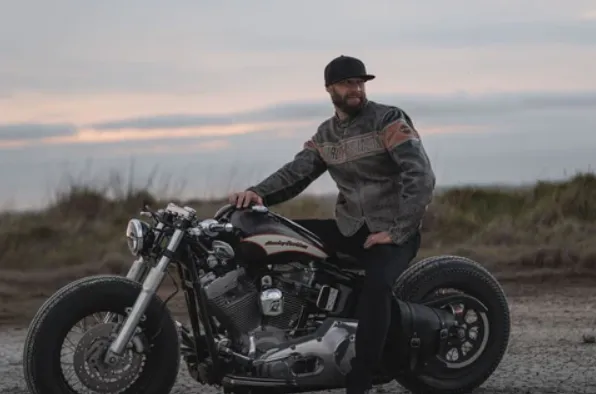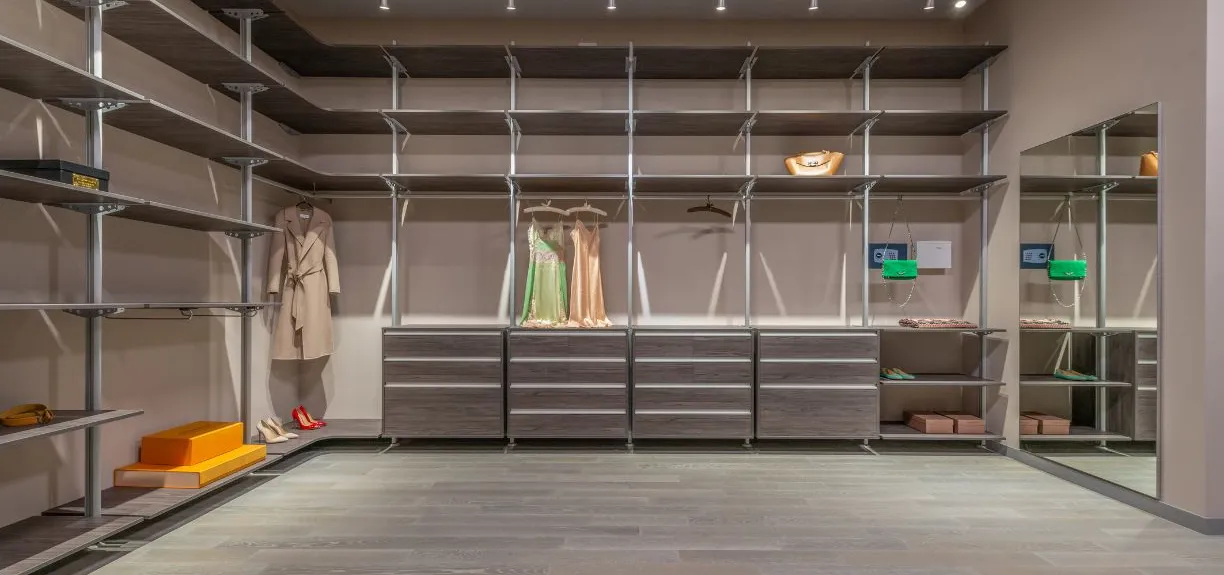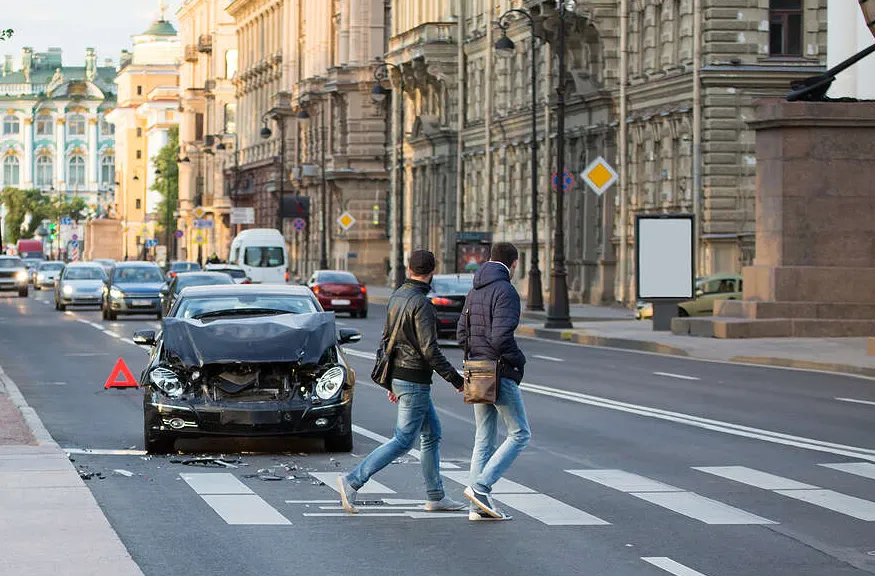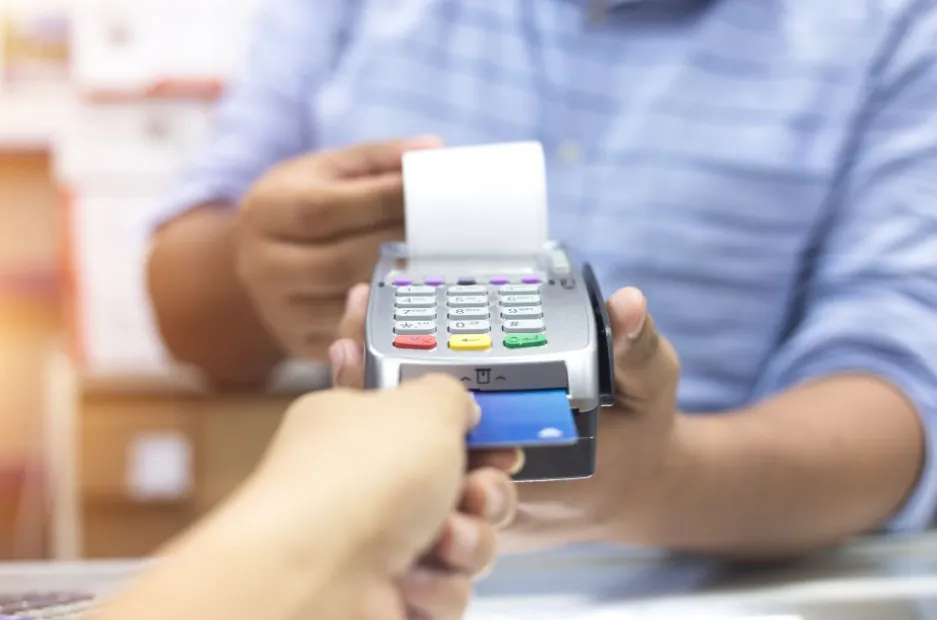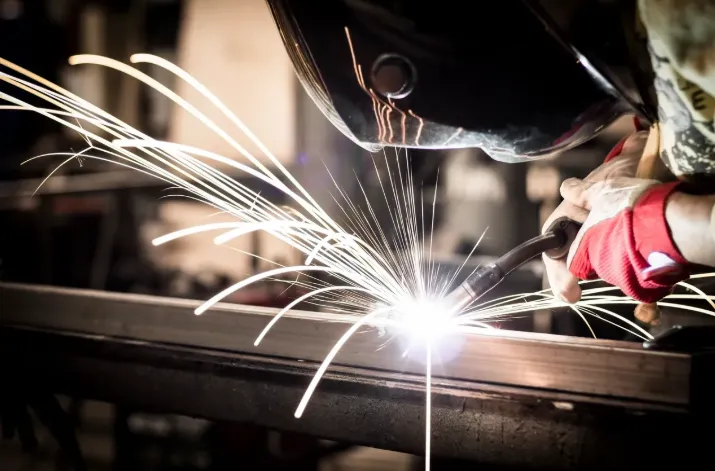Buying a motorbike for the first time is an exhilarating milestone, offering a sense of freedom and adventure unlike any other mode of transportation. However, the process can be daunting for beginners, filled with questions about choosing the right bike, understanding safety gear, licensing requirements, and budgeting. This article aims to address the most frequently asked questions to help you make an informed decision and ensure a smooth, enjoyable start to your motorcycling journey.
Contents
- 1 What type of motorbike should I buy as a beginner?
- 2 Should I buy a new or used motorbike?
- 3 What safety gear do I need?
- 4 How much should I budget for my first motorbike?
- 5 What maintenance does a motorbike require?
- 6 What should I look for during a test ride?
- 7 What are common mistakes to avoid when buying a motorbike?
What type of motorbike should I buy as a beginner?
As a first-time buyer, it’s essential to choose a motorbike that matches your experience level and intended use. For beginners, smaller displacement bikes (250cc to 500cc) are recommended because they are lighter, easier to handle, and provide adequate power for learning. It is also recommended that you go to a trusted dealer to buy your first bike, as they will be able to point you in the right direction and help you choose the bike that is most suitable for you. BMG Scooters is a Suzuki dealer in London that you can turn to for help with this.
Should I buy a new or used motorbike?
Both new and used motorbikes have their advantages. New bikes come with warranties and the latest technology but are more expensive. Used bikes are more affordable and can be a great option if you’re on a budget. However, they may require more maintenance and you should carefully inspect them or have a trusted mechanic do so before purchasing. If you’re uncertain, starting with a used bike can be less financially risky as you learn and determine your long-term preferences.
What safety gear do I need?
Safety gear is crucial for every rider. At a minimum, you should invest in a high-quality helmet that meets safety standards (DOT, ECE, or Snell). Additionally, purchase a riding jacket with armor, gloves, pants with padding, and sturdy boots. Remember, your safety gear is just as important as the motorbike itself, and skimping on it can lead to severe consequences in the event of an accident.
How much should I budget for my first motorbike?
Your budget should consider the cost of the bike, safety gear, insurance, and ongoing maintenance. For a decent beginner motorbike, you might spend anywhere from $3,000 to $7,000. High-quality safety gear can add another $500 to $1,000. Insurance costs vary depending on factors like your age, location, and the bike’s specifications. Additionally, set aside funds for routine maintenance such as oil changes, tire replacements, and any potential repairs.
What maintenance does a motorbike require?
Regular maintenance is crucial for the longevity and performance of your motorbike. Basic maintenance tasks include checking tire pressure, oil levels, chain tension, and brake fluid. You should also adhere to the manufacturer’s service schedule for more extensive maintenance like oil changes, brake pad replacements, and valve adjustments. Familiarize yourself with these tasks or establish a relationship with a reputable mechanic.
What should I look for during a test ride?
During a test ride, focus on the bike’s ergonomics, comfort, and handling. Ensure that the bike feels right for your height and riding style. Pay attention to how the clutch and throttle respond, and check for any unusual noises or vibrations. Assess the brakes and suspension by testing them at different speeds and conditions. The bike should feel stable and responsive.
What are common mistakes to avoid when buying a motorbike?
Common mistakes include buying a bike that’s too powerful, skipping safety gear, not budgeting for insurance and maintenance, and neglecting a pre-purchase inspection on a used bike. Avoid rushing your decision; take the time to research, test ride multiple models, and seek advice from experienced riders or professionals. Making an informed decision will enhance your riding experience and ensure your safety on the road.
